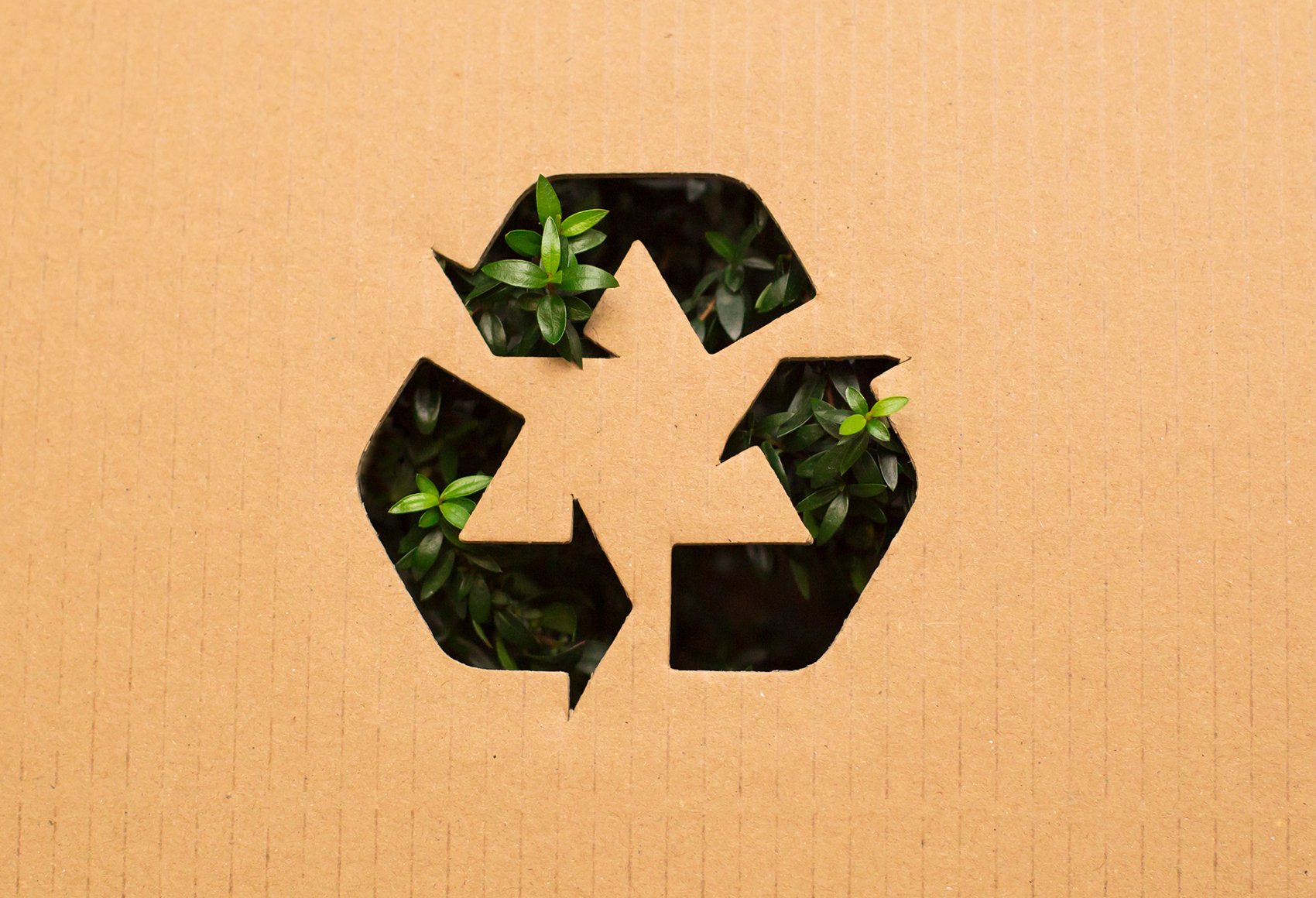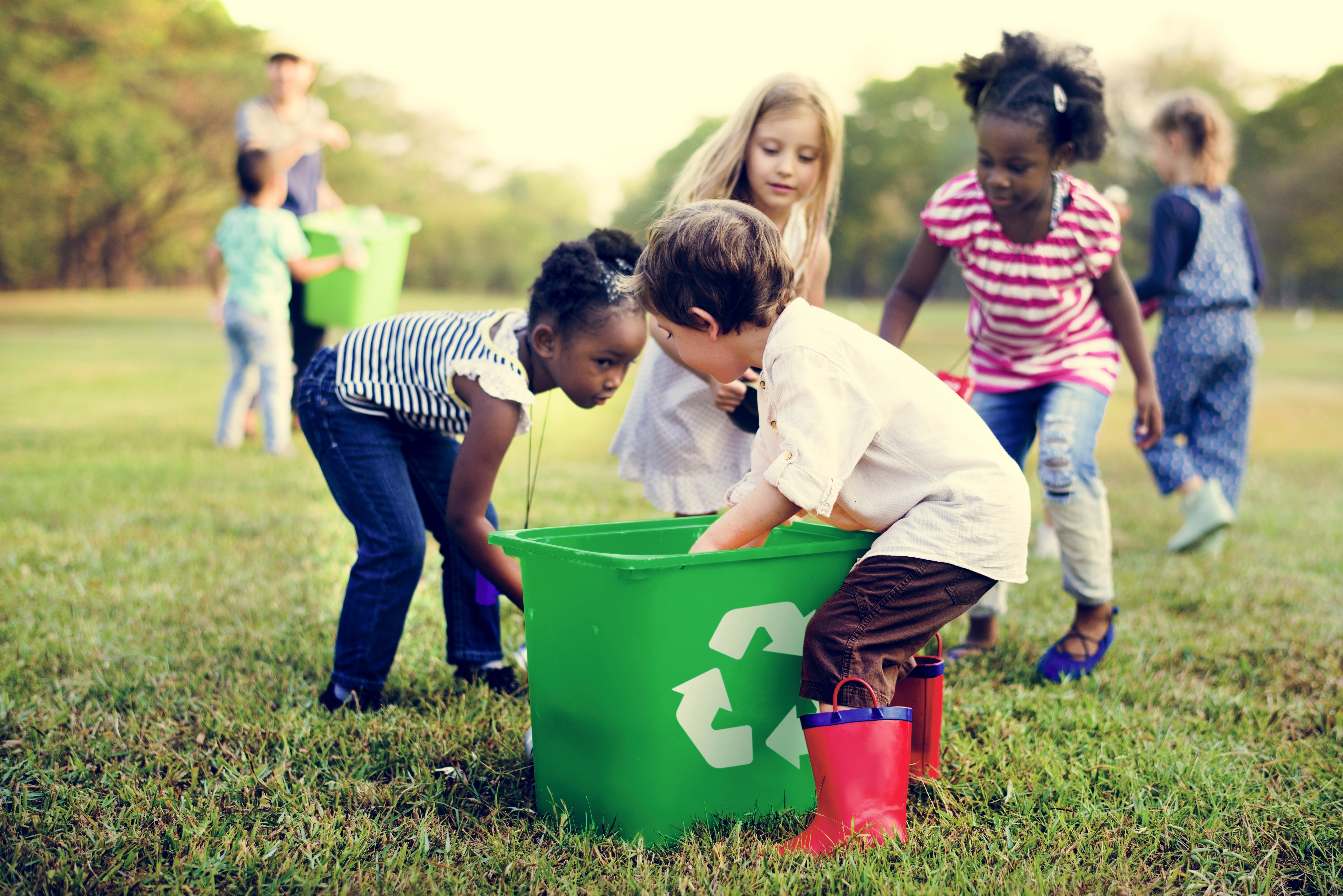.png)
Our world is filled with packaging. From restaurant to-go containers to delivery boxes, packaging materials play an essential role in our global economy. Unfortunately, the materials that help us provide goods and services can also lead to growing waste levels and the release of harmful greenhouse gas emissions. For instance, plastic takeout containers have been found to contribute to as much as half of all oceanic plastic pollution. As more businesses, communities, and individuals prioritize environmental sustainability, they’re beginning to reconsider the types of packaging materials they use.
The Reusable Option
In an effort to reduce the total amount of packaging materials used, many consumers believe that using reusable containers is a viable solution. Often made of durable materials such as hard plastics, ceramics, or metal, reusable containers can be used multiple times. By decreasing the total materials used, the idea is that reusable containers can shrink carbon footprints and cut down on global emissions.
At first glance, this theory feels intuitive. After all, you can wash and reuse a ceramic cup, while paper cups are generally discarded after a single use.
However, upon closer examination, it’s clear that reusable containers and packages do not provide an improvement in sustainability. First, because reusable containers must be strong enough to stand up to repeated uses, they must be manufactured from much more durable materials such as ceramics. Not only do these materials require more resources and energy to be created, but they also require more complex and intensive manufacturing processes.
Sourcing the materials, molding, and then firing up a kiln to create ceramic bowls is a much longer and environmentally draining workflow than making similarly sized paper bowls. And on top of that, reusable containers must be cleaned after each use, introducing another energy-intensive process. Recent research has shown that the electricity, water, and cleaning agents required for cleaning reusable containers offset any benefit that could come from their use, regardless of the number of total uses.
Finally, even the most durable reusable containers are ultimately destined for landfills. Cups are chipped, bags end up torn, and plates are left broken. But unlike paper products, ceramics and hard plastics are not easily recyclable, adding to the product’s eventual carbon footprint.
The Paper Option
When the entire product lifecycle is accounted for, there’s no more sustainable option than paper. Paper products can be easily manufactured, often entirely from previously used and recycled materials. And while paper products are usually single-use, they are quickly brought back into product lines with minimal use of resources due to their ability to be fully recycled or composted.
Low-cost, compostable, recyclable, and sustainable, paper is an excellent choice for packaging and container materials. Understanding paper’s role in reducing emissions and waste means realizing that discarding paper properly doesn’t contribute to waste. Rather it simply reintroduces it into the product life cycle. When a paper cup is recycled or composted, it reemerges as another paper cup, plate, or bag, dramatically reducing its total carbon footprint.
Overlooking the sustainability of paper to focus excessively on reducing total waste could be a critical mistake. Approaching true sustainability means examining our practices from every angle and looking at the impact of a product’s complete life cycle.
NORPAC and the Sustainability of Paper
Solving our planet’s environmental and sustainability crisis will require creativity and the ability to align our business and personal practices with achievable goals and mandates. At NORPAC, we know that paper can be part of the solution.
We see its value every day at our mills and facilities, creating products entirely made from previously recycled materials. Or helping to recover over 400,000 tons of mixed paper and corrugated containers every year.
We believe that it’s our mission as a paper manufacturer to protect and safeguard our natural environment just as much as it is to provide a competitive and truly sustainable product. We invite you to our website to learn more about our commitment to environmental sustainability.



